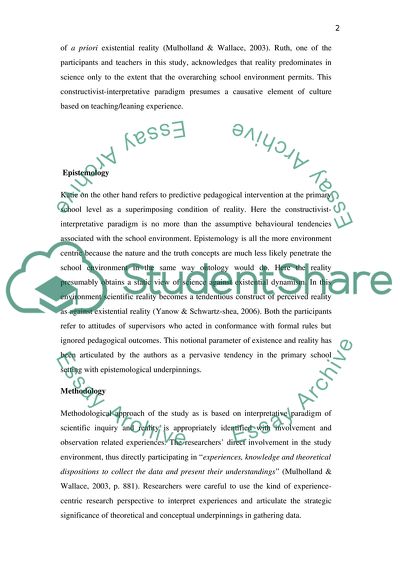Cite this document
(Learning and Teaching Primary Science in the Pre-Service to In-Service Research Paper, n.d.)
Learning and Teaching Primary Science in the Pre-Service to In-Service Research Paper. Retrieved from https://studentshare.org/education/1744540-assignment-1b-the-educational-research-framework
Learning and Teaching Primary Science in the Pre-Service to In-Service Research Paper. Retrieved from https://studentshare.org/education/1744540-assignment-1b-the-educational-research-framework
(Learning and Teaching Primary Science in the Pre-Service to In-Service Research Paper)
Learning and Teaching Primary Science in the Pre-Service to In-Service Research Paper. https://studentshare.org/education/1744540-assignment-1b-the-educational-research-framework.
Learning and Teaching Primary Science in the Pre-Service to In-Service Research Paper. https://studentshare.org/education/1744540-assignment-1b-the-educational-research-framework.
“Learning and Teaching Primary Science in the Pre-Service to In-Service Research Paper”, n.d. https://studentshare.org/education/1744540-assignment-1b-the-educational-research-framework.


